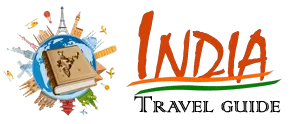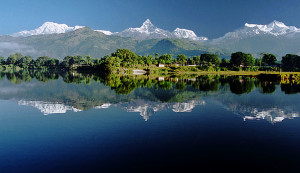Himalaya travel, the world’s highest mountains set the scene for a magical, unforgettable trip. Forming the northern-most region of India the Himalayan north sets itself aside from much of India through an unusually cool mystique. Once compared by the famous Sanskrit poet Kalidasa as a gigantic measuring rod striding the earth between two oceans there is to be no doubt that the Himalayas with their snow capped peaks are a stunning sight to behold.
Natural Beauty in the Himalayas
Naturally Isolated
For many centuries the Himalayan mountain range acted as a buffer, a natural barrier serving Indian national security from the north. An almost impassable creature which separated India from Tibet its ruggedness deterred all but the most unnerved from risking their lives on a journey where they would almost surely lose their lives. Surprisingly, over time, there was a slow penetration into India, at first for the purposes of trading and pilgrimage. And as such the Himalayan region of India has served as a melting pot not only for race but for religious and cultural purposes as well. States include Jammu and Kashmir, Himachal Pradesh and Uttarakhand.
Awesome Culture and Tourism
Best Time to Visit
The best time to visit the Himalayas is between mid April to May-June and also between September to November. It is the best time to plan your trip to the Himalayas. And if you are going for trekking than all through out the year you can go depending on your preference of places. Because of such varied topography of the Himalayas and vastness of the terrain and difference in altitude of the places trekking tips can be planned depending on the place. Trekking of low altitude places is preferred during winter while crossing of high passes is preferred in summer because the snow line recedes during that time. You can also combine your adventure trip like river rafting, trekking and mountaineering together. You should avoid traveling during the monsoon because of the rains. So you should always plan your trip before and after the monsoon.
Himalaya travel guide
What to Carry
Some of the necessary items you should carry during the trip are a good quality rucksack, which has broad straps to hold, foam mattress, a Swiss knife, sleeping bag, good quality and comfortable walking shoes, trekking shoes, rain coat because rains are really unpredictable in the mountains, matchboxes, umbrella, camera film according to the duration of the trip, water bottle, disposable bags to collect and carry garbage and torch are some of the essential items to carry for the trip.










